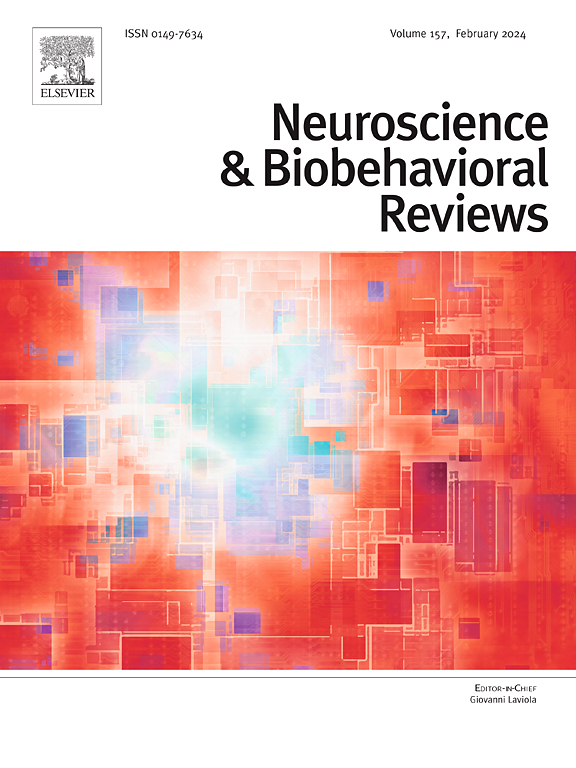Functional connectivity of the striatum in psychosis: Meta-analysis of functional magnetic resonance imaging studies and replication on an independent sample
IF 7.5
1区 医学
Q1 BEHAVIORAL SCIENCES
引用次数: 0
Abstract
Neuroimaging studies have shown that striatal functional connectivity (FC) is altered in psychosis (PSY). However, the evidence remains heterogeneous, partly due to the different subregions and clinical stages considered. For this reason, we gathered available studies that evaluated FC between the striatum and the whole brain in PSY through systematic research of the literature. Then, we performed a coordinate-based activation meta-analysis of brain regions that showed dysconnectivity with the striatum to identify spatially convergent patterns (40 experiments, 4473 subjects). The analysis was replicated for the experiments including only individuals with schizophrenia, first-episode psychosis (FEP), and drug-naïve FEP, and assessing the FC of the limbic and associative striatum. Lastly, we analyzed an independent sample to assess the relationship between these changes and clinical and cognitive variables. In PSY, the striatum was hypoconnected with the anterior cingulate cortex/medial prefrontal cortex (replicated in all analyses and in the independent sample, where the FC was correlated with cognitive flexibility), and with the right thalamus, while it was hyperconnected with the right caudate and the left middle frontal gyrus. These findings of specific patterns of striatal dysconnectivity in PSY could improve our understanding of the role of the striatum in pathophysiology and provide potential biomarkers and targets for new treatments.
精神病患者纹状体的功能连通性:功能磁共振成像研究的荟萃分析和独立样本的复制
神经影像学研究表明,纹状体功能连接(FC)在精神病(PSY)中发生改变。然而,证据仍然不一致,部分原因是考虑到不同的次区域和临床阶段。因此,我们通过对文献的系统研究,收集了评估PSY中纹状体与全脑之间FC的现有研究。然后,我们对显示纹状体连接障碍的大脑区域进行了基于坐标的激活荟萃分析,以识别空间趋同模式(40个实验,4473名受试者)。该分析在仅包括精神分裂症、首发精神病(FEP)和drug-naïve FEP患者的实验中得到了重复,并评估了边缘和联想纹状体的FC。最后,我们分析了一个独立的样本来评估这些变化与临床和认知变量之间的关系。在PSY中,纹状体与前扣带皮层/内侧前额叶皮层(在所有分析和独立样本中都有重复,其中FC与认知灵活性相关)和右丘脑低连接,而与右尾状核和左额叶中回超连接。这些发现可以提高我们对纹状体在病理生理中的作用的理解,并为新的治疗提供潜在的生物标志物和靶点。
本文章由计算机程序翻译,如有差异,请以英文原文为准。
求助全文
约1分钟内获得全文
求助全文
来源期刊
CiteScore
14.20
自引率
3.70%
发文量
466
审稿时长
6 months
期刊介绍:
The official journal of the International Behavioral Neuroscience Society publishes original and significant review articles that explore the intersection between neuroscience and the study of psychological processes and behavior. The journal also welcomes articles that primarily focus on psychological processes and behavior, as long as they have relevance to one or more areas of neuroscience.

 求助内容:
求助内容: 应助结果提醒方式:
应助结果提醒方式:


